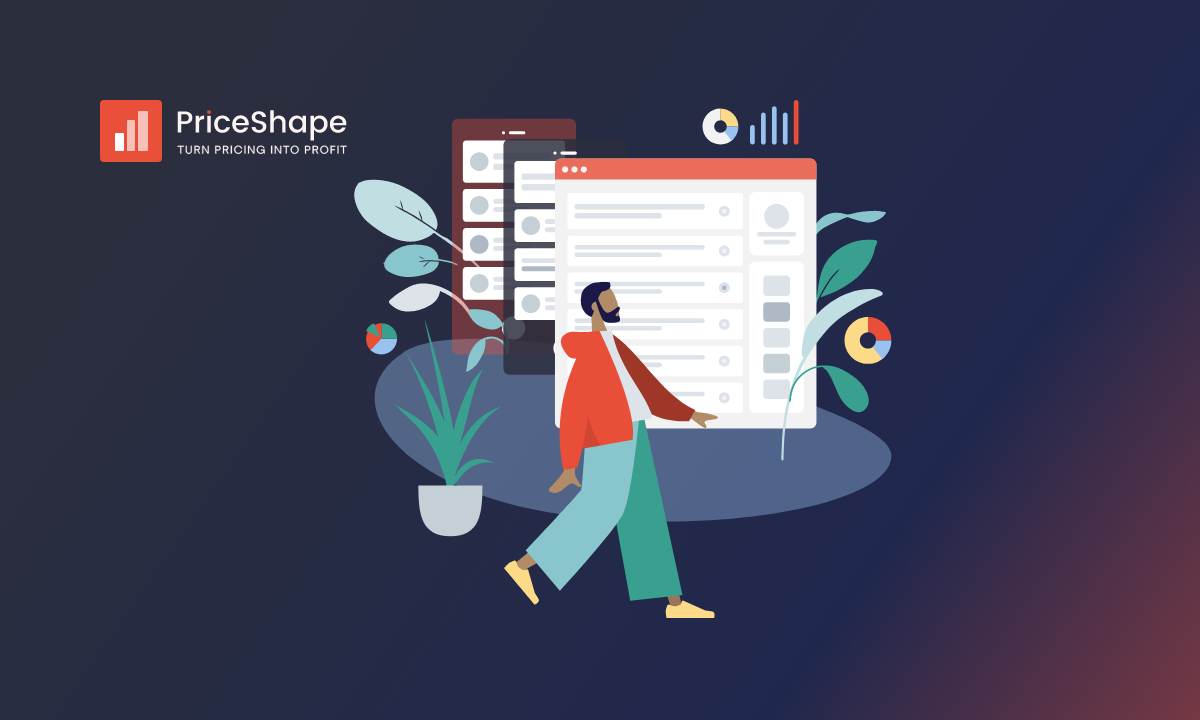How to align business goals with your pricing strategy
It takes a lot of consideration and planning before you can make the perfect pricing strategy that suits your company best. Follow the guidelines to do so.

Commercial decisions are a broad definition but describe any decision that creates value for a business, helping to achieve its underlying strategy, mission, and vision. When making these decisions, the company's Brand and value must always be in mind to ensure that the strategy correlates throughout the business.
This blog post will mainly focus on the question, “Which commercial perspectives should we consider when planning pricing strategies?”. The commercial topics related to buying and selling goods and services; including market issues, brand awareness, competition, pricing, contracts, negotiations, and risk management.
Hopefully, this blog can serve as a guideline and checklist to ensure you have all the necessary information for pricing strategies, providing you with the best outcome.
What is your business focus?
Your business focus is the first thing you need to look at before making a pricing strategy. What is the core of your business, and how is it expressed in your values and perceived value from your customers? This needs to be shown in your pricing. To do that, you will need to ask these questions:
- What are your market conditions?
- How much market share do you have?
- What is your perceived customer value?
- How do you communicate your brand?
- Who is your target customer?
The questions above are fundamental for how your pricing strategy should look like. Your price should be based on several factors, focusing on your profit objectives. The price should always cover your cost and focus on boosting your profit; this can be done by maximizing your online sales, increasing your ROI, or setting competitive prices.
Cost-plus pricing is a pricing strategy that determines the price when all your costs are covered. This price may not necessarily be your final selected price, but it helps establish your minimum price while still allowing for a profit. Depending on other considerations, you can then determine how much you want to earn in your profit margin.

What should my profit margin be?
The easiest way for you is to set an aspired profit margin and add it to the total cost of the product, but this strategy does not ensure that your price is the best on the market. This can either lead to you setting your price too high and losing customers to your competitors or setting your price too low, thereby losing profit because your customers were willing to pay more than the price you put.

What do the market conditions look like? This is, of course, relevant before setting your prices. How significant is the competition, and what are your competitors' prices? In this step, it is essential to remember your company values. What makes your business stand out compared to your competitors, and can your prices be justified based on your unique value proposition?
.png?width=709&height=390&name=Pricing%20%E2%80%93%2098%20(1).png)
How much market share do you have? Are you currently a market leader or trying to be? Do you want to compete against all in the market, or have you made a selection of competitors you want to focus on? Are your strategy to be exclusive or available for all customers? Lastly, do you need to ask yourself how to position yourself? Do you want to be the cheapest on the market and drag the prices down or help increase the prices for a better profit margin?

Perceived value: In this step, you need to consider your customers. How do they perceive the value you offer compared to your competitors? What is the extent of your brand awareness, and do you have loyal customers who serve as ambassadors for your brand, thereby enhancing its trustworthiness?

Communication is often key, and it must be consistent. Therefore, you need to know your target audience and what is important to them. The communication should be focused around this; if they are price sensitive, should price be in focus, but if your customers, on the other hand, are focused on high quality, should this be your focus point?
Data-driven analytics is an excellent tool for breaking down your online customer base. This will help you understand their online habits, demographics, customer journey, and behavior. Knowing your different customer segments can help you set the right price for each customer. You can use your marketing budget optimally by understanding what products they focus on.
Find the right goal
The biggest question for you is what end goal you want to achieve. Do you want to build market share, steal sales from competitors and put them out of business, or maximize your profits, or do you want to position yourself as an exclusive brand or a low-cost alternative? Your end goal should guide you in the right direction, together with the analysis above on how your pricing strategy should look.
There are many different pricing strategies; the most common are cost-plus, value-based, and competitor pricing. When you have chosen the right strategy for your business, you need to consider circumstances like discounts, bundles, and marketing promotions to get customers. Psychology pricing is one way to make your prices look more attractive to your customers; this is also something you should consider when setting your pricing strategy. Do you always want to use odd-even pricing, or should it only be used with a discount offer?
Onboarding process
Setting up the pricing strategy is the next step when all the abovementioned things have been considered. It takes a lot of work to ensure your prices are always correct and follow your vision, but by using dynamic pricing, your prices constantly change, correlated to your pricing strategy and pricing rules. When using dynamic pricing, your prices will always be competitive and follow the market and your competitors after your desired wish.
At PriceShape, we will assist you in setting up your pricing strategies, ensuring they align with your commercial decisions and benefit your business optimally. Our onboarding process includes assigning you a Customer Success Manager who will be by your side throughout your entire pricing journey.
Do you still need to set up an account?
Then, sign up for a free trial and learn more about how we can help your business.


